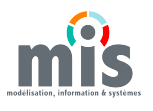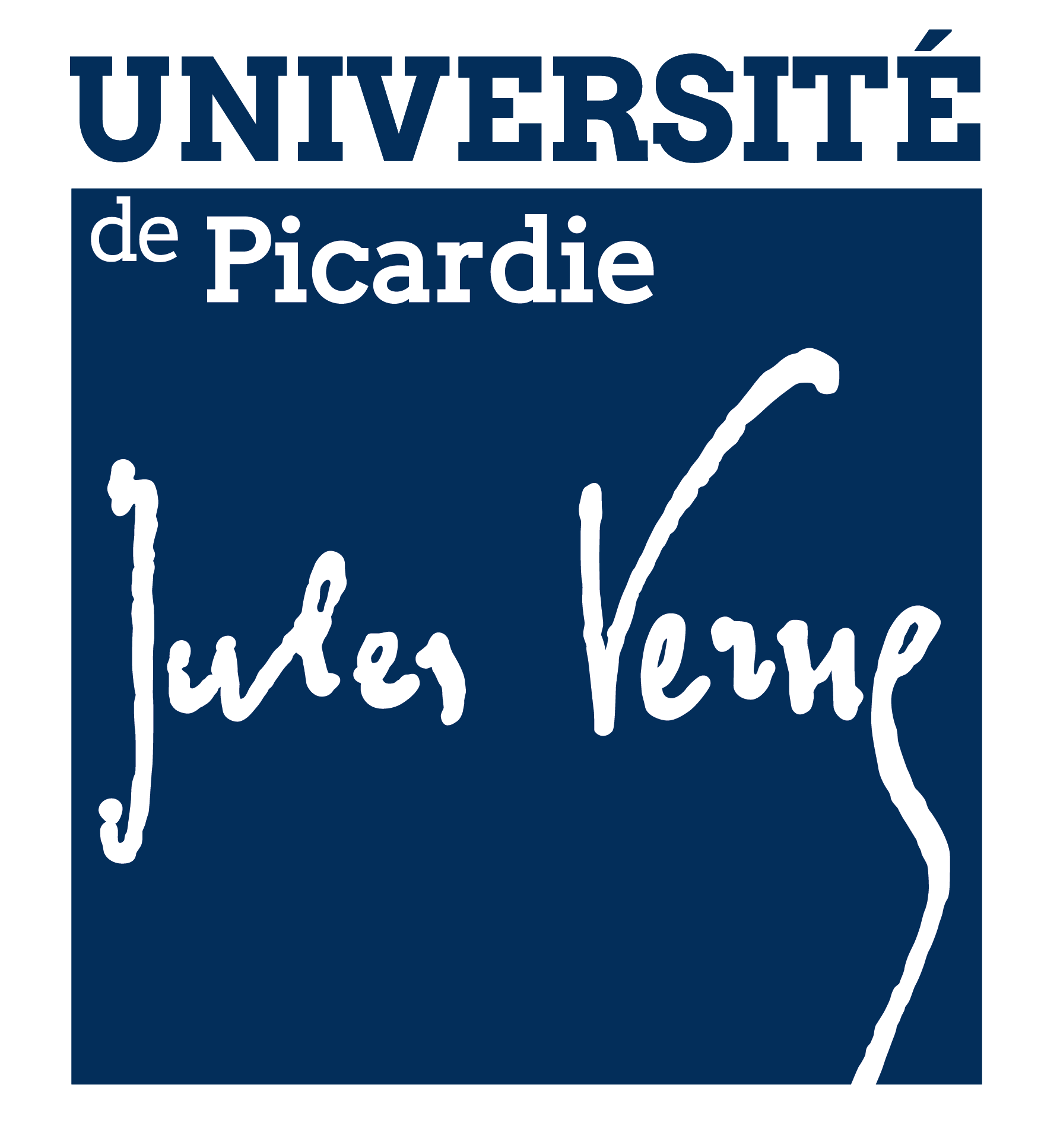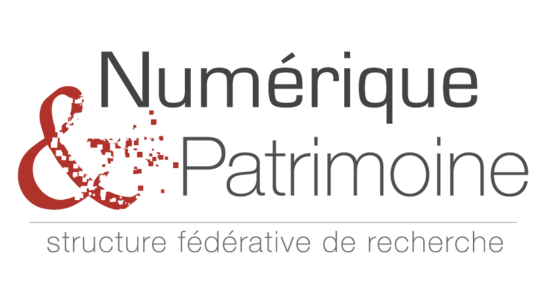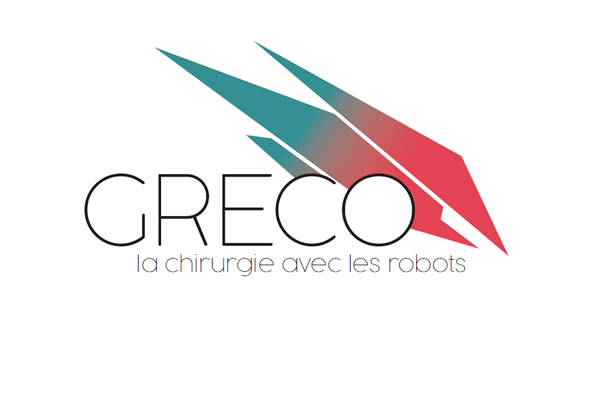-
Cultural and creative industries
-
Digital World and Robotics
-
Energy and Environment
-
Health and Nutrition
-
Transport and Mobility
Modelling, Information and Systems (MIS)
Research unit - UR 4290
The MIS (Modelling, Information & Systems) research team brings
together UPJV lecturer-researchers in Computer Science, Automatic
Control, Robotics and Computer Vision.
The scientific objectives of the laboratory are in line with the themes of Information and Communication Science and Technology (ICST).
The main application areas include:
Flying and Vehicles, Cybersecurity, Electrical Energy, Robotics, Music,
Heritage, Health...
MIS research activity is structured around 4 research teams. It is
conducted by more 80 researchers including 58 lecturer-researchers,
35 PhD students and 4 administrative and technical staff, as well as on a valuable network of industrial and academic partners.
-
Gilles DEQUEN
Director -
Isabelle WALLET
Secretary
33 rue Saint-Leu
80039 AMIENS CEDEX 1
https://www.mis.u-picardie.fr/

Effectif
Effectif total : 97
Personnel de recherche : 58
Personnel d'appui à la recherche : 4
Skills
The team is structured in two ways:
• Study of algorithmic models: parallelism models, such as the large grain data model; text algorithm, with applications to genomic or musical problems; distributed algorithms;
• Networks: addressing dynamicity, failure, coordination, memory and/or energy limitation, real-time management, and performance analysis.
The competence of the SDMA team with regard to these problems has already been demonstrated in the context of data sustainability, real-time QoS, temporary fault management, robot coordination or performance evaluation.
• Security: authentication protocols, data anonymization, secure storage
2. PR team (Robotic Perception): The PR team’s project focuses on improving the autonomy of mobile vehicles (on the ground, in space, virtually) through artificial perception. The approach to contribute to this problem consists in designing original sensors and methods to exploit them (image processing, vision, location, navigation algorithms).
3. Graphs, Optimization and Constraints (GOC) Team: The GOC team focuses on the areas of modeling, optimization, artificial learning for decision support, efficiency of resolution systems, cryptography and cryptanalysis. Mainly we find:
• modelling problems and information in the form of graphs or constraints;
• Development of decision support systems by various methods, complete or incomplete, accurate or approximated, or hybrid methods;
• implementation of proposed algorithms in a sequential and parallel framework;
• Information systems engineering.
4. Command and Vehicle Team (COVE):
• Control / Order
• Diagnostic, prognosis and process monitoring
• Smart networked control
• Vehicle dynamics and engine control
• Design and optimization of safety and eco-driving systems in self-driving vehicles
• Optimize and manage energy conversion systems for automotive, avionics and home automation applications
Example(s) of projects
2. PIA4 MAIA: Mastering the Applications of Artificial Intelligence.
3. e-moOve project: Posture analysis solution using connected sensors. 🡭
4. CERBERE Regional Project: Event cameras for the perception of fast objects around the autonomous vehicle, 🡭
5. I.A. Massal'IA Chair, Propositional Reasoning for Large-Scale Optimization. Application to Clean Energy Mobility Issues
6. European project INTERREG RIVER. 🡭
7. European Project H2020 SAVER Smart Battery with Active Power Conversion (SAVER). 🡭
Example(s) of publications
2. Jerry Lacmou Zeutouo, Vianney Kengne Tchendji, Jean-Frédéric Myoupo High-performance CGM-based parallel algorithms for minimum cost parenthesizing problem Journal of Supercomputing, Springer Verlag, 2022, 78 (4), pp.5306-5332. ⟨10.1007/s11227-021-04069-9⟩ hal-03633170
3. Omnidirectional Vision: From Theory to Applications », P Vasseur, F. Morbidi (Editors), ISTE - Wiley, in press, 2023, 🡭
4. Stéphane Devismes, David Ilcinkas, Colette Johnen Optimized Silent Self-Stabilizing Scheme for Tree-Based Constructions Algorithmica, Springer Verlag, 2022, 84 (1), pp.85-123. ⟨10.1007/s00453-021-00878-9⟩ hal-03547132
5. Aurélien Bertiaux, François Gabrielli, Mathieu Giraud, Florence Levé Associations between music training and the dynamics of writing music by hand Musicae Scientiae, SAGE Publications, In press, 26 (2), ⟨10.1177/1029864920972145⟩ hal-02979816
6. Mourad Kchaou, Mohamed Amin Regaieg, Ahmed El Hajjaji, Quantized asynchronous extended dissipative observer-based sliding mode control for Markovian jump TS fuzzy systems, Journal of the Franklin Institute, Volume 359, Issue 17, 2022, Pages 9636-9665, ISSN 0016-0032, 🡭
All publications can be found here : 🡭
Collaborations/Partners/Scientific clients
Collaborations/Partners/Private Clients
Services provided
Training offers
Consulting services
Musical stones
Dezrann
Land and air robots
3D Immersion Room
Vision sensors (panoramic, event, plenoptic, etc.)
3D laser rangefinders
Affiliated institutions / organisations
Groups/Networks/Federations
Doctoral schools
Regional strategic areas of activity
- Cultural and creative industries
- New ways of learning
- Tourism, heritage and digital world
- Virtual Reality, Augmented Reality, 3D and 360° Interaction
- Digital World and Robotics
- Artificial intelligence, image processing, data science
- Cybersecurity and digital trust
- Digital modeling, digital twins, data visualization
- Digital transformation, digital social inclusion
- Engineering, software design, open source software
- Internet of things, cloud computing and big data
- Robotics, cobotics, Human-Machine interaction
- Telecom, networks, photonics
- Energy and Environment
- Energy efficiency and storage
- Observation, monitoring and management of the environment
- Renewable energies
- Smart grids
- Health and Nutrition
- Medicine of the future: new health equipment and e-health
- Transport and Mobility
- Decarbonized vehicles, electromobility
- Intelligent and autonomous vehicles
- Intelligent transportation systems
- Maintenance and supervision
- Multi-modality, flow management, infrastructure and logistics
- Reduction of pollution and energy consumption
- Robustness and reliability
- Security and defense in transport


